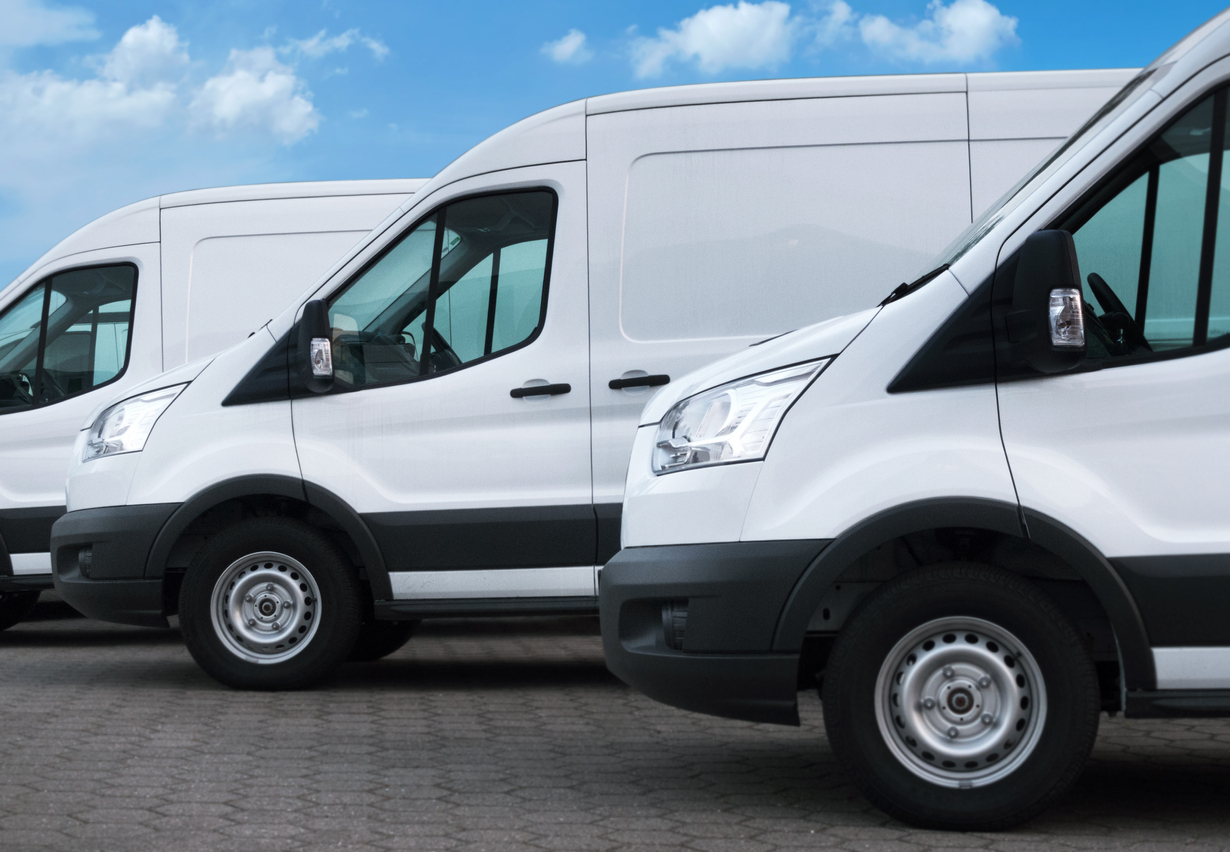
It’s that time of the year again where we see this now familiar acronym EOFY. Most of us have seen it enough now to know what is stands for. However, for anyone that hasn’t been exposed to it, it stands for End of Financial Year – E.O.F.Y
Originally this acronym was used by businesses and accountants preparing for the end of financial year where they got stocktakes completed, planned for stock sales to move any excess stock and prepared the books and accounting affairs at the end of the accounting period.
Some smart cookie came up with the genius idea to use it as a retail “Sale Campaign” slogan. Now every May/June we start to see these “EOFY Sales”, Huge EOFY Savings, Best Ever EOFY Sale, Grab an EOFY Deal Now!……. The list goes on.
However, for those of us that are self employed EOFY still means it’s time to get our tax affairs in order, particularly if you are self employed as a sole Trader or in a Partnership. It’s that time where we trust we have kept all of our receipts, been diligent in using that accounting program we paid for and don’t have to stay up until midnight for a week trying to collate everything.
One of the big expenses we can claim is motor vehicles and the associated business-related expenses. Your business structure will influence the way you can claim your vehicle expenses along with the type of vehicle, how you use it and how you own it.
Essentially there are two types of vehicles
Cars
- Carries less than 1 tonne
- Less than 9 passengers
- Some Utes and 4WD’s are classed as cars
Other Vehicles
- Motorcycles
- Can carry more than 9 passengers
- Utes or Vans that carry more than 1 tonne
Business Structure
Sole Trader/Partnership
For cars you could utilise either the logbook method – refer to https://ato.gov.au/logbook or the Cents per km method https://ato.gov.au/centsperkm.
For Other Vehicles the ATO requires us to keep records of actual costs that we incur based on receipts or tax invoices. A logbook may be required to separate any personal use. The ATO doesn’t allow either the logbook or the cents per km methodology for other vehicles.
For a Sole Trader with simple tax affairs the ATO has a really useful tool to help you record business related car trips along with other expenses http://ato.gov.au/mydeductions
Companies and Trusts
For Companies and Trusts’ the ATO doesn’t allow the logbook or cents per km method to claim expenses however they ask for records of “actual costs” in order to claim motor vehicle expenses that relate directly to running your business.
Ownership Arrangements
Depending on how you own or hold the vehicle, this will also have an effect on what and how you can claim in regard to vehicle holding and running costs.
There are essentially four ownership models:
- Own Outright
You have paid for the vehicle upfront. You own the vehicle, it will appear on your balance sheet as an asset. Typical claims are depreciation, running costs and other expenses associated in the business use percentage of the vehicle. - Chattel Mortgage
Although financed the business owner holds ownership of the vehicle, the lender will just retain an “Interest” in the vehicle until the last payment is made. Because it is owned it will appear on the balance sheet as an asset and a liability meaning depreciation can be claimed along with lending costs such as interest charges. Normal running expenses and costs could be claimed as per the business usage percentage - Lease
The lender retains ownership of the vehicle, there is no GST payable on the purchase of the vehicle. No depreciation claims available here however other things claimable are running costs and other associated expenses, lease payments and any GST associated with the lease agreement. - Hire Purchase
The vehicle is purchased by the lender on behalf of the business and the lender then “hires” it back to the business. The ownership is transferred to the business once the final instalment has been made.
Depreciation
Depending on the advice from your tax agent the ATO will consider depreciation in a number of different ways.
- Instant Asset Write-Off
Currently for a business with less than $500 million in turnover and a threshold of $150,000 - Prime Cost or what is also known as the “Straight Line method”
This method assumes that the vehicle is depreciated uniformly over the effective life of the asset - Diminishing Value
This method assumes that the value depreciates more in the early years of its effective life.
Record Keeping
To maximise any business vehicle claims the best advice I’ve ever heard is to always keep good, accurate records and then discuss which methodology best suits your business with your account or tax advisor.
Some of the records to keep up to date are:
- Registration papers
- Loan and/or Lease documents
- Tax Invoices associated with any expense
- Details on how you’ve calculated your claims
That’s certainly a long way from an EOFY Sale however good record keeping and the advice from a good tax agent or accountant could very well put more dollars back in your pocket.
For more information please visit: https://ato.gov.au/motorvehicleexpenses
This is not financial advice or taxation advice. We have not taken your particular circumstances into consideration, and we strongly recommend to always seek your own professional advice regarding all matters above.
Thanks for taking the time to read – all the best
Adam



